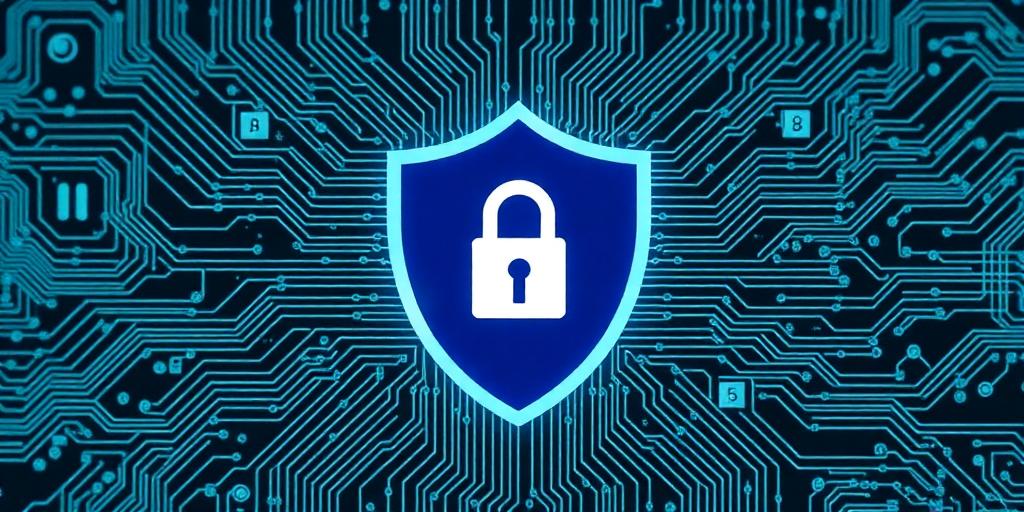In the contemporary digital landscape, where cyber threats evolve with alarming rapidity, a robust and well-defined patch management process is not merely a best practice—it is an absolute imperative. Organizations, irrespective of their size or sector, rely heavily on software and operating systems that are perpetually subject to newly discovered vulnerabilities. Neglecting the systematic application of patches exposes critical infrastructure to exploitation, leading to significant operational disruptions, data breaches, and severe reputational damage. This comprehensive approach to managing software updates ensures the integrity, security, and optimal performance of all IT assets.
The Unseen Imperative: Why Patching Matters
Patch management transcends simple bug fixing; it is a foundational pillar of an organization's overall cybersecurity posture and operational resilience. Its importance can be segmented into several critical areas:
- Cybersecurity Fortification: The primary driver for diligent patching is the neutralization of security vulnerabilities. Software flaws often create entry points for malicious actors, allowing for unauthorized access, data exfiltration, or the deployment of malware. Timely application of security patches closes these loopholes, significantly reducing the attack surface.
- System Stability and Performance Enhancement: Beyond security, patches frequently address software bugs, improve system stability, and enhance performance. They can resolve crashes, optimize resource utilization, and introduce new features that improve user experience and operational efficiency.
- Regulatory Compliance: Many industry regulations and data protection laws (e.g., GDPR, HIPAA, PCI DSS) mandate stringent security controls, which often include requirements for timely software patching. A consistent patch management process is essential for demonstrating compliance and avoiding substantial fines or legal repercussions.
- Data Integrity and Business Continuity: Unpatched systems are a leading cause of system outages and data corruption. By ensuring software is up-to-date, organizations safeguard their critical data assets and maintain uninterrupted business operations, minimizing downtime and its associated costs.
Consequences of Neglecting Patch Management
The repercussions of a deficient or non-existent patch management strategy can be catastrophic. High-profile incidents, such as the WannaCry ransomware attack, starkly illustrate how unpatched systems can serve as vectors for widespread compromise, impacting global enterprises and critical national infrastructure. Beyond ransomware, neglect can lead to:
- Data breaches and intellectual property theft.
- Loss of customer trust and reputational damage.
- Significant financial penalties from regulatory bodies.
- Extended system downtime and service disruptions.
- Increased operational costs for incident response and recovery.
Building a Robust Patch Management Process
An effective patch management strategy requires a systematic and structured approach, encompassing several key phases:
- Discovery and Inventory: Comprehensively identify all hardware and software assets within the IT environment. Maintaining an accurate inventory is fundamental to knowing what needs patching.
- Assessment and Prioritization: Evaluate incoming patches for relevance, criticality, and potential impact. Prioritize security patches and those addressing critical vulnerabilities, aligning with the organization's risk profile.
- Testing and Validation: Before widespread deployment, thoroughly test patches in a controlled, non-production environment. This mitigates the risk of introducing new bugs or system incompatibilities.
- Deployment and Rollback Strategy: Implement patches systematically, often in stages, to minimize disruption. Establish a clear rollback plan in case issues arise post-deployment.
- Verification and Reporting: Confirm that patches have been successfully applied and are functioning as intended. Maintain detailed records for auditing, compliance, and ongoing process improvement.
Best Practices for an Effective Strategy
To optimize the patch management process, consider these authoritative best practices:
- Automate Where Possible: Leverage automation tools to streamline patch deployment, especially for large and complex environments, ensuring consistency and reducing manual errors.
- Centralized Management: Utilize a centralized patch management system to gain a holistic view of patch status across the entire infrastructure and simplify deployment.
- Regular Audits and Reviews: Periodically audit the effectiveness of the patch management process, reviewing policies and procedures to adapt to new threats and technologies.
- Employee Training: Educate IT staff on the importance of patching and the specific procedures to follow, fostering a culture of security vigilance.
- Maintain a Risk-Based Approach: Focus resources on patching critical systems and high-impact vulnerabilities first, aligning efforts with the organization's overall risk management framework.
Conclusion
The diligent execution of a robust patch management process is undeniably a cornerstone of modern cybersecurity and operational excellence. It is not merely a reactive measure but a proactive defense mechanism that safeguards digital assets, ensures business continuity, and maintains regulatory adherence. Organizations that embed an authoritative and systematic approach to patch management within their IT operations will be significantly better positioned to withstand the relentless barrage of cyber threats and maintain a secure, stable, and high-performing IT environment.








